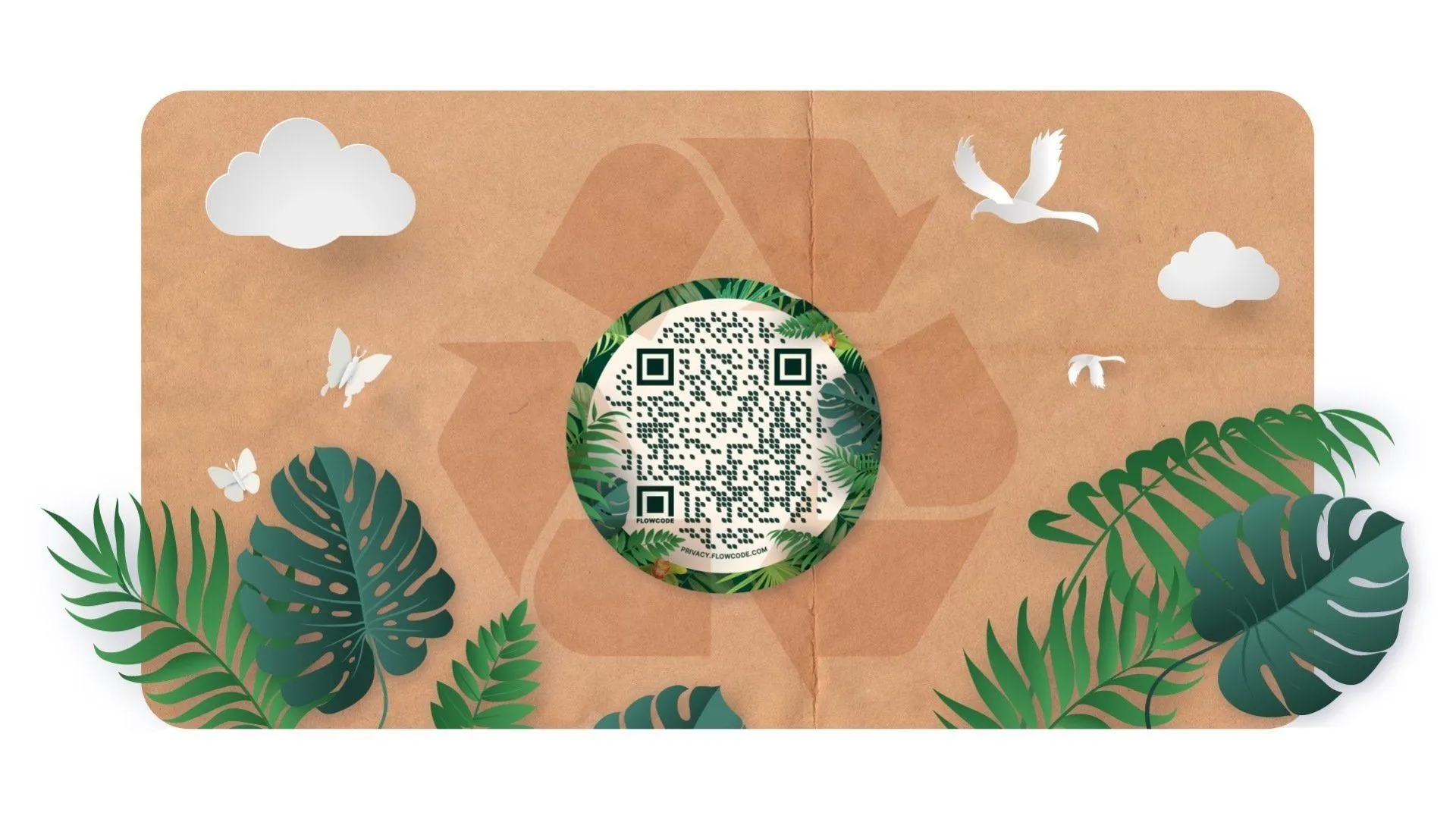The Environmental Impact of QR Codes: Are They Really Green?
In a world where businesses and consumers are increasingly focused on sustainability, QR codes have emerged as a popular tool for reducing paper usage, enabling digital transactions, and streamlining communication. But are QR codes truly eco-friendly? And how do they compare to traditional methods in terms of environmental impact?
In this article, we’ll explore the environmental footprint of QR codes, examine their potential to reduce waste, and consider whether they are as “green” as many believe.
🌱 Why QR Codes Are Seen as Environmentally Friendly
At first glance, QR codes appear to be a sustainable alternative to traditional printed materials. Here’s why they’re often considered green:
1. Reduces Paper Waste
Instead of printing brochures, menus, manuals, or flyers, businesses can share a single QR code that directs users to digital content. This can significantly cut down on:
- Paper usage
- Ink and toner consumption
- Printing energy and water usage
2. Encourages Contactless Digital Interaction
QR codes promote paperless experiences—whether it’s checking in at events, accessing e-tickets, or submitting digital forms. These paper-free alternatives reduce demand for disposable paper products.
3. Supports Reusable Signage
Instead of printing new signs or posters for every update or promotion, businesses can use dynamic QR codes on reusable signage. The code stays the same, but the destination URL can change—reducing waste over time.
♻️ Real-World Examples of QR Codes Supporting Sustainability
| Industry | QR Code Use | Environmental Benefit |
|---|---|---|
| Restaurants | Digital menus via QR | Cuts down on laminated or disposable menus |
| Retail | Product info & receipts | Reduces printed packaging and paper receipts |
| Events | E-tickets, schedules | No need for printed booklets or badges |
| Education | Online materials | Lowers printing of worksheets and handouts |
| Tourism | Digital guides & maps | Less physical waste and paper distribution |
🌍 The Hidden Environmental Costs
While QR codes themselves are low-impact (they’re just printed graphics), they rely on digital infrastructure—which has its own environmental footprint:
1. Device Dependence
Users need smartphones or tablets to scan QR codes. The production and disposal of electronic devices contribute to e-waste and carbon emissions.
2. Internet & Server Usage
Scanning a QR code typically loads online content. This requires:
- Cloud storage
- Web hosting
- Data center power
These systems consume significant energy, often relying on non-renewable sources unless green hosting is used.
3. Printed QR Materials Still Use Resources
If QR codes are printed on flyers, packaging, or signs, they still use paper and ink. While they may reduce the quantity of print overall, they aren’t entirely paperless unless displayed digitally.
⚖️ QR Codes vs Traditional Methods: A Comparison
| Factor | QR Codes | Traditional Printed Materials |
|---|---|---|
| Paper Usage | Minimal to none | High (especially for bulk printing) |
| Flexibility | Dynamic/Updateable | Static (requires reprinting) |
| Carbon Footprint | Low to moderate (due to servers/devices) | High (due to manufacturing, printing, distribution) |
| Waste Output | Reusable | Often disposable or single-use |
In most cases, QR codes are significantly more sustainable, especially when integrated with digital platforms and eco-conscious hosting.
🌿 How to Make QR Codes Even Greener
If you want to ensure your use of QR codes is as eco-friendly as possible, consider these best practices:
- Use Digital Displays: Show QR codes on screens rather than printing them.
- Opt for Recycled or Reusable Materials: If printing is necessary, use recycled paper or permanent signage like chalkboards or wood.
- Host on Green Servers: Choose eco-friendly hosting providers powered by renewable energy.
- Promote Device Recycling: Encourage users and employees to responsibly recycle electronics.
- Combine with Minimalist Design: Reduce the need for additional printed information—let the QR code do the work.

